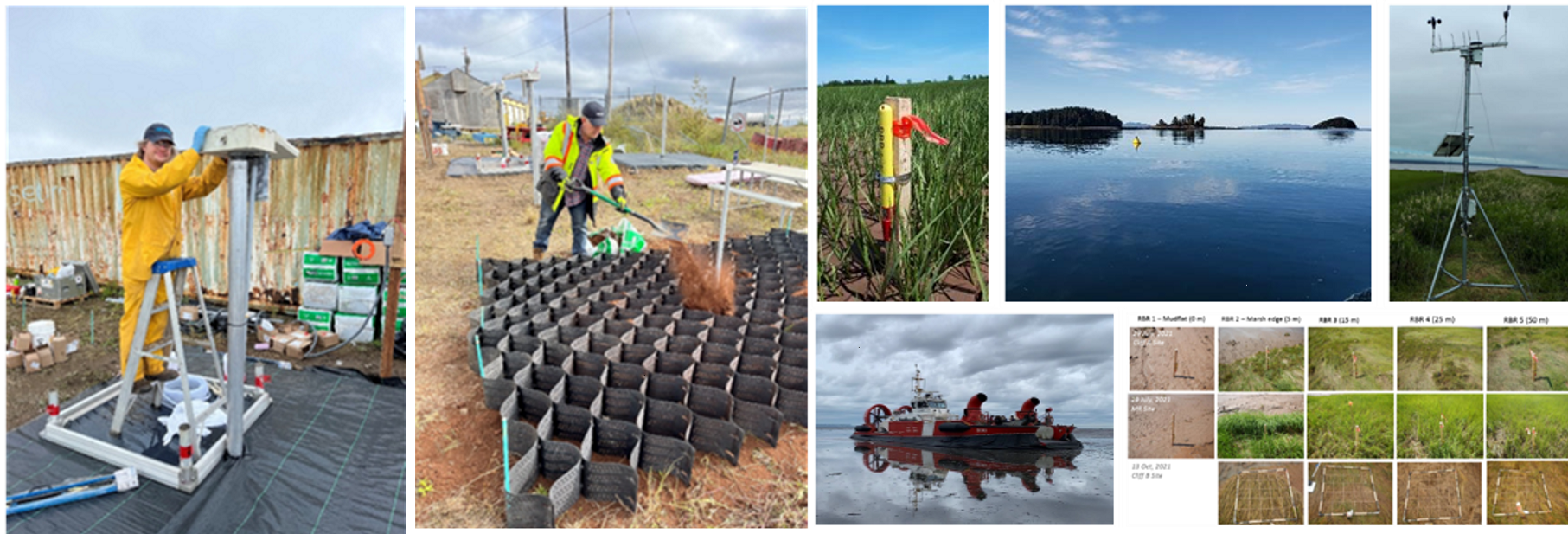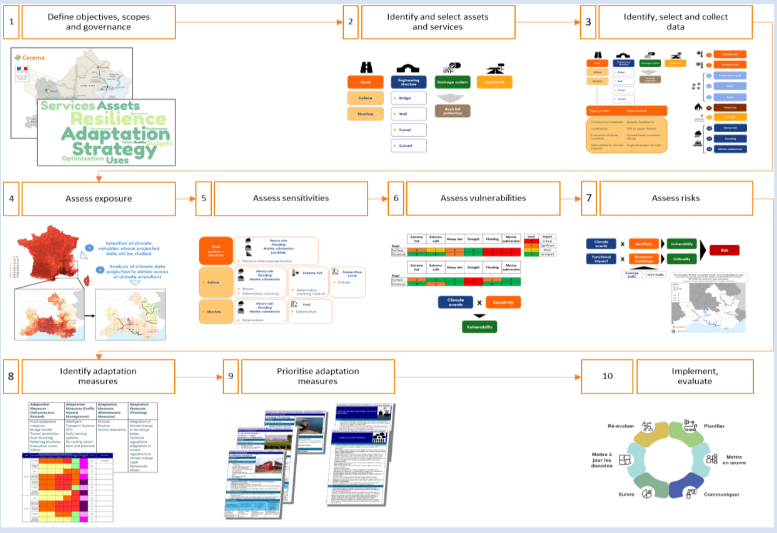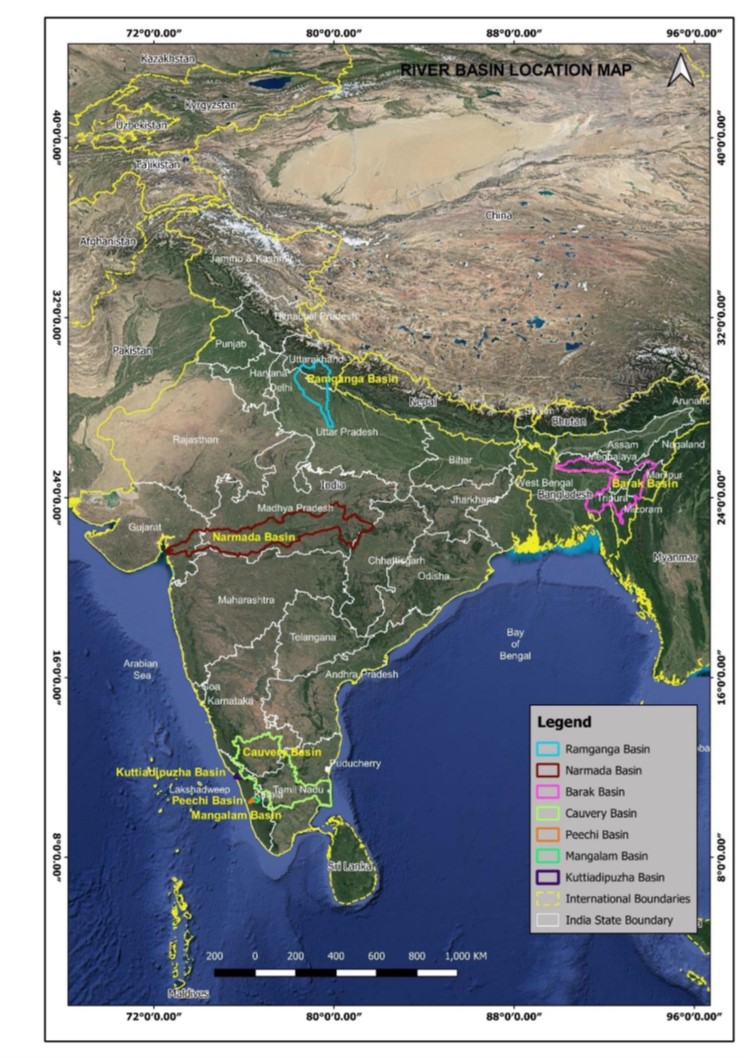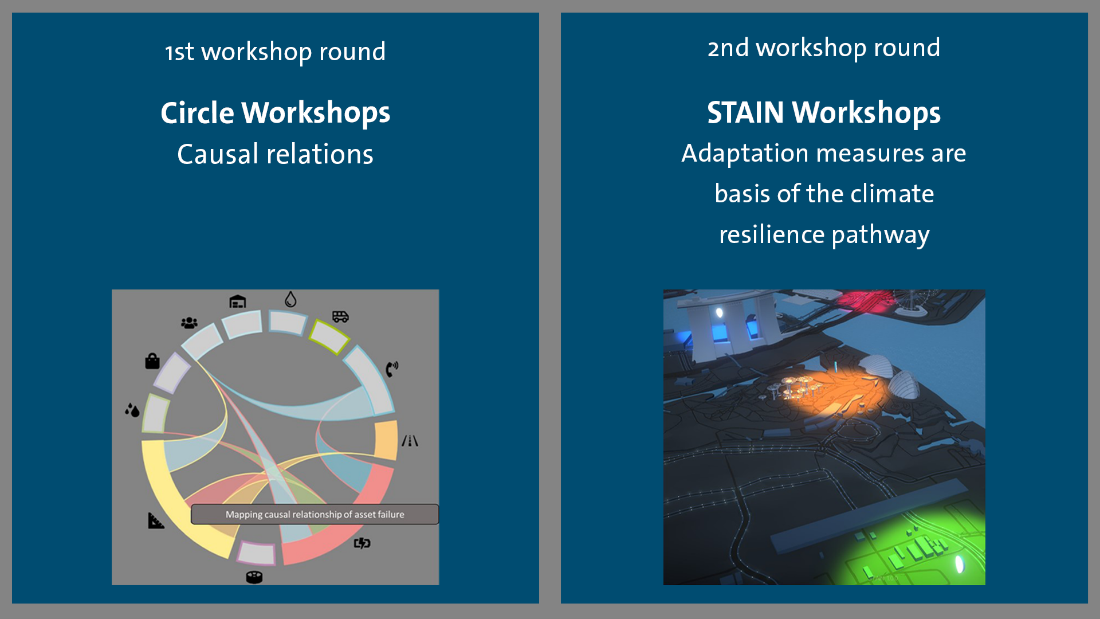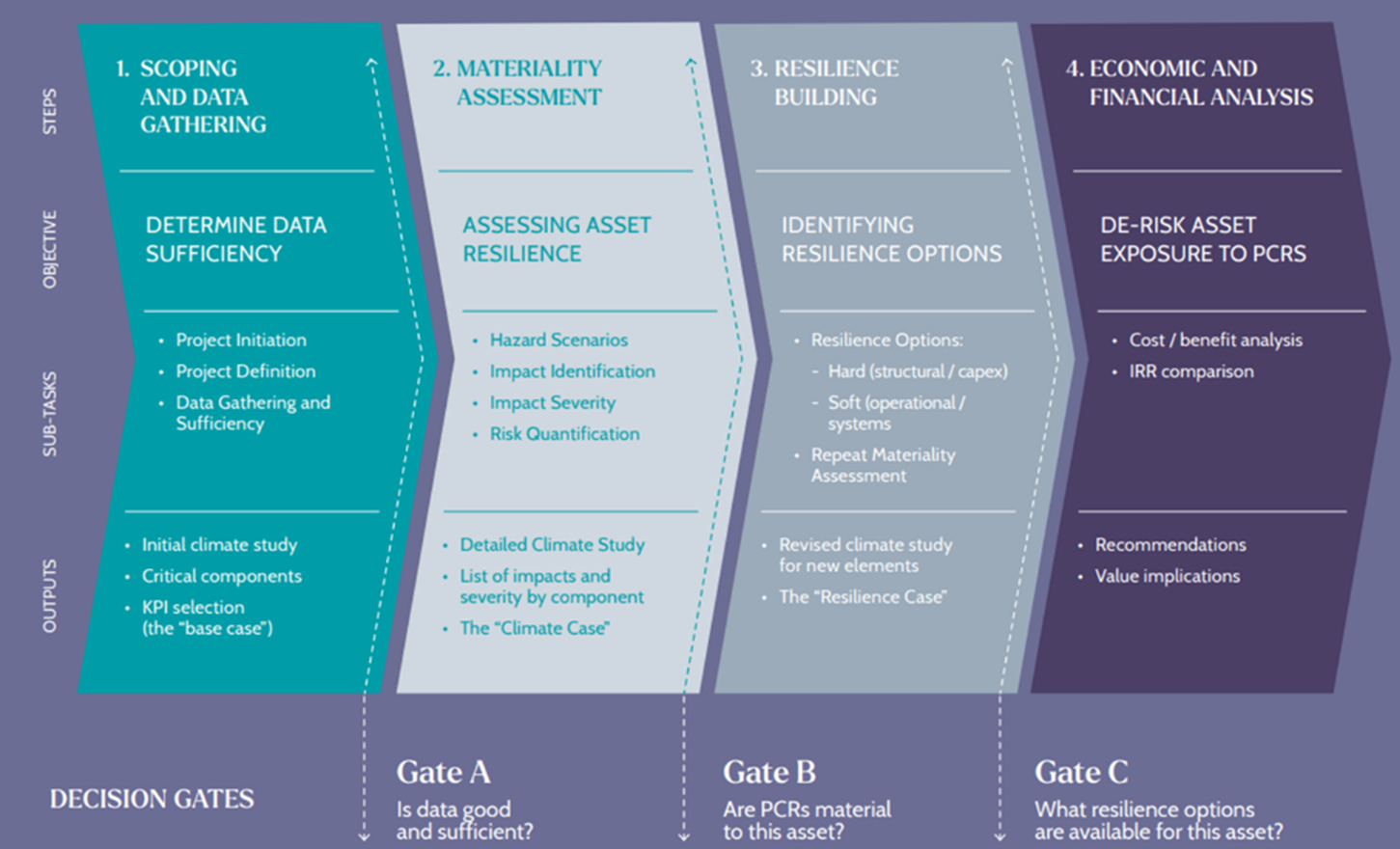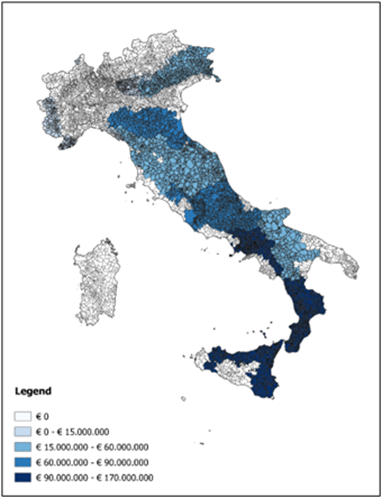The timely delivery of updated guidance has proven beneficial for communities, enabling them to build back better after climate disasters and extreme events. For example, guidance to address the impacts of wildfires on communities (National Guide for Wildland-Urban Interface Fires) published in 2021 is being used by the town of Lytton, British Columbia, to rebuild after wildfires destroyed much of the city that same year.
Sustained outreach and engagement with infrastructure owners, managers and designers is essential to increase rapid, early adoption of newly developed standards, guidance, and tools. Swift change in practice must be encouraged alongside updates to the national building codes (a lengthier process).
Under new climatic conditions, relying on historical climate information has crucial implications for infrastructure design, leading to significant potential for maladaptation and greater financial and socioeconomic risks. Tools, such as the NRC-developed Design Value Explorer, can accelerate the use of future projected climate information to inform infrastructure design when using national codes.
The projected impact of INFC’s work on climate-informed codes, standards and guidance is significant, as reflected by an independent study reporting that using some of the key, resulting guidance produced under CRBCPI could save Canada an estimated Can$4.7 billion annually for new construction.








